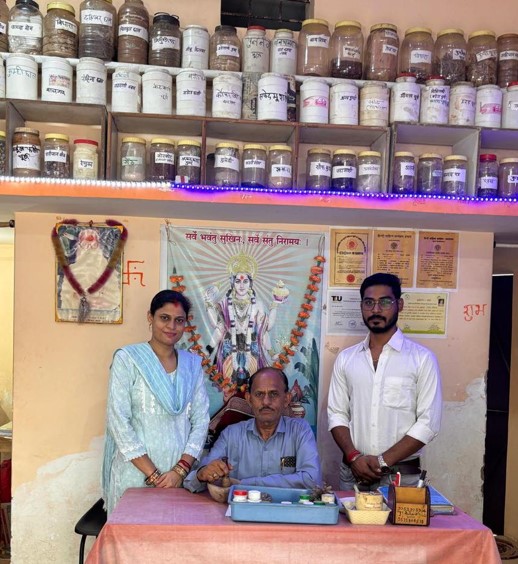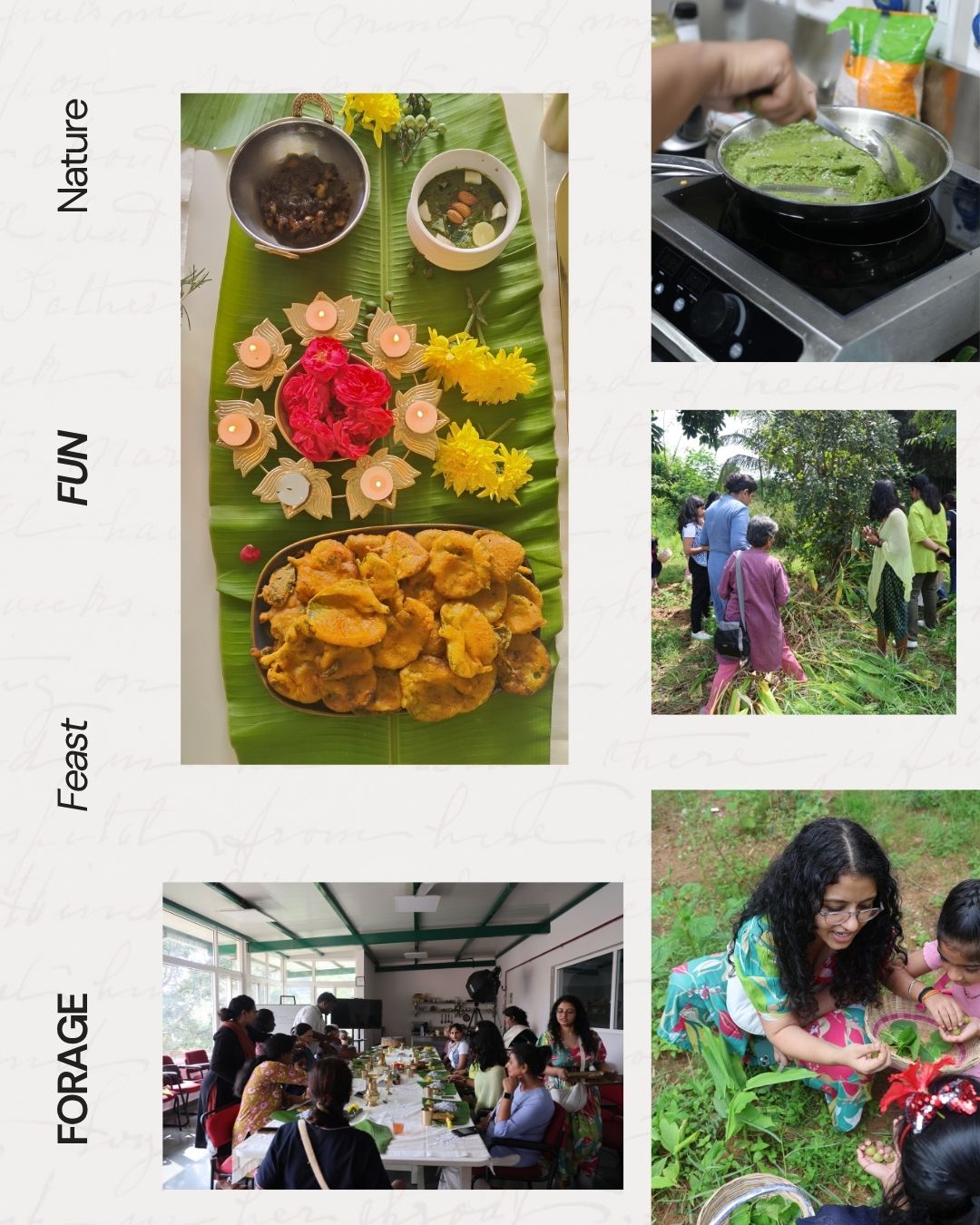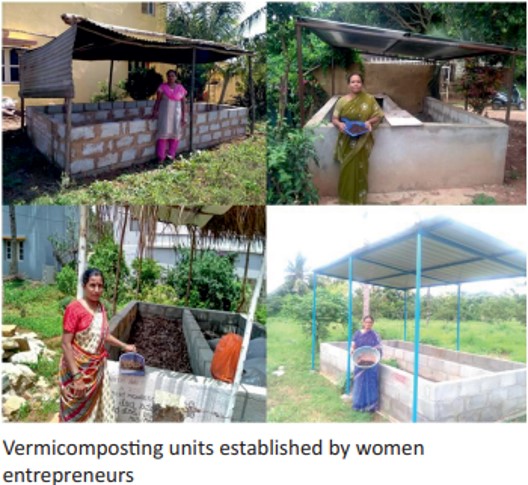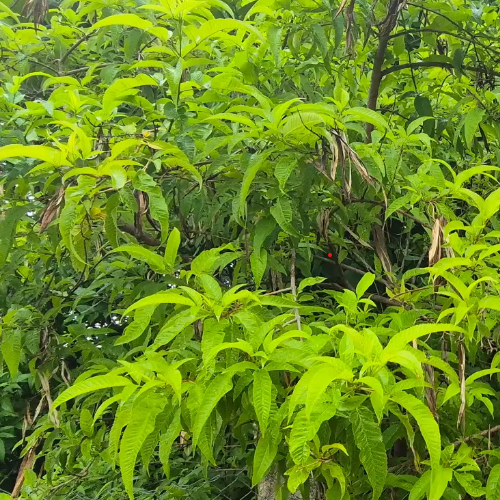Drumstick (Moringa) - An Ingredient as Food and Medicine
Is our humble unassuming nugge / muringai / sahjan/ moringa the super food it is told to be ? Read to know the real properties and benefits of this neighbourhood tree


On a trip to my dad’s village, I found a tree in the community garden. An elderly woman was there, gently picking leaves. Curious, I started talking to her. She shared stories about the plants and then handed me some small green leaves. “This is Murungamaram,” she said with a smile.
The tree is native to the Indian subcontinent and is known by a variety of names, including the "miracle tree’’. What's more interesting about this tree, is that it’s a food, a vegetable, and a medicine. Every part of the tree can be consumed; leaves and young fruits (pods) as food; and the seeds, bark, flowers, and roots as medicine.
It is widely used in Indian dishes. From simple saag to PM Modi's favorite moringa paratha, moringa is consumed in different ways.
The trees have a natural defense mechanism against environmental stress and pests. These phytochemicals, as they are known, include antioxidants and defense compounds. When consumed, do these compounds protect us? Or shall we say help our immune system against various conditions and diseases? (1)
Species name: Moringa oleifera Lam.
Vernacular names:
Hindi Name: Sahijan, Munaga
Tamil Name - Murungai, Murungamaram
English name: Drumstick plant, Moringa, Horseradish tree
Kannada name: Nugge mara, Nugge kayi
Marathi name: Shevga
Nutritional composition: IFCT 2017
Dr Madhumitha Krishnan, in her Introduction to Ayurveda class, mentions that Moringa has 9 times more protein than yogurt, 10 times more Vitamin A than carrots, 15 times more potassium than banana, 17 times more calcium than milk, 50% more vitamin C than orange, and 25 times more iron. But do you think it's safe to consume it every day?

The nutritional properties of moringa are a good indication of why we can include it in our daily diet - high in fiber, vitamins, and minerals. Clinically, It (leaves) can act as a laxative, can cause nausea, and in some cases, lead to miscarriage. Plus, if you're on blood thinners like warfarin, moringa could interact with them, so it’s important to be careful. Add a note about the Vitamin K.
If you are a pitta-dominant prakriti, taking these in high consumption can upset your stomach.

Drumstick leaves and bark
The juice extract of drumstick leaves and bark is very useful in relieving pain. They act as natural analgesics. (2). moringa leaves paste is applied externally to relieve pain and inflammation.
Rasapanchaka:
According to Bhojana Kutuhalam twelfth chapter
Aksheeva - relieves intoxication
Mochaka - helps to cure diseases
Vidradhighna - Sigru is very useful in abscess.
Drumstick leaves, raw

- Taste - pungent, bitter
- Properties - light, dry, sharp, piercing
- Potency - hot
- After digestion taste transformation (Vipaka) - pungent
- Effect on Doshas
- Vata balancing
- Pitta increasing
- Kapha balancing (the paste is useful in treating balanitis)

Drumstick pods, raw
- Rasa - sweet, bitter
- Guna - light (moderate calorie), unctuous
- Veerya - sheeta (cold)
- Vipaka - sweet
- Effect on Doshas
- Vata balancing
- Pitta balancing (good for hair, skin, blood detoxifier)
- Kapha increasing (Shukrakara)
Culinary insights:
Some of the recipes that I found interesting are as follows:
- Moringa Chutney:
- Clean and sauté the moringa leaves; roast the dals and chilies separately. Then grind them with tamarind, salt, and the sautéed leaves. Recipe here.
- Moringa dal:
- Sauté spices, onions, tomatoes and garlic. Then mix in cooked Moong Dal, moringa leaves and simmer with turmeric, chili powder, garam masala and kasuri methi. Recipe here.
- Moringa soup:
- Sauté shallots, garlic, and cumin seeds. Then add drumstick leaves, tomato, Moong Dal, turmeric, and water. Let it simmer and season with salt and pepper. Recipe here.
- Moringa leaves adai:
- Combine flour, chili powder, moringa leaves, shredded coconut, salt, and water to make a dosa batter. Cook it on a heated, oiled tawa, flipping to ensure both sides are cooked. Recipe here.
- Moringa sambhar:
- Cook Toor Dal and drumsticks with spices and tamarind paste. Then let it simmer until the flavors blend. Recipe here.
- Moringa leaf paniyaram:
- Mix fermented rice and urad dal batter with finely chopped moringa leaves. Pour it into a greased appe pan and cook until golden brown on both sides. Recipe here.
- Drumsticks Upkari/Moringa Stir Fry:
- Sauté mustard seeds, cumin seeds, and dals in oil. Then add drumsticks along with spices and cook until they become tender. Recipe here.
Too much can cause ill-effects:
Moringa leaves are rich in calcium but contain high levels of calcium oxalate, ranging from 430 to 1050 mg per 100 grams. This is similar to spinach. High oxalate intake can increase the risk of kidney stones and other kidney issues, as noted in medical literature. So, while moringa is nutritious, it's important to consume it in moderation. (3)
References:
- Anwar F, Latif S, Ashraf M, Gilani AH. Moringa oleifera: a food plant with multiple medicinal uses. Phytotherapy Research: An International Journal Devoted to Pharmacological and Toxicological Evaluation of Natural Product Derivatives. 2007 Jan;21(1):17-25.
- Anwar, F., Latif, S., Ashraf, M., & Gilani, A. H. (2007). Moringa oleifera: A food plant with multiple medicinal uses. Phytotherapy Research), 21(1), 17-25.
- Chaudhari H, Michaud J, Srialluri N, Mahendrakar S, Granz C, Yudd M. Acute oxalate nephropathy caused by excessive vegetable juicing and concomitant volume depletion. Case Reports in Nephrology. 2022;2022(1):4349673. Mahmoud T, Ghandour EC, Jaar BG. A hidden cause of oxalate nephropathy: a case report. Journal of Medical Case Reports. 2021 Dec;15:1-5.
- FRLHT's ENVIS Centre on Medicinal Plants, Bengaluru
- Bhojana Kutuhalam
- Royal Botanic Gardens, Kew


.png)
.jpeg)




